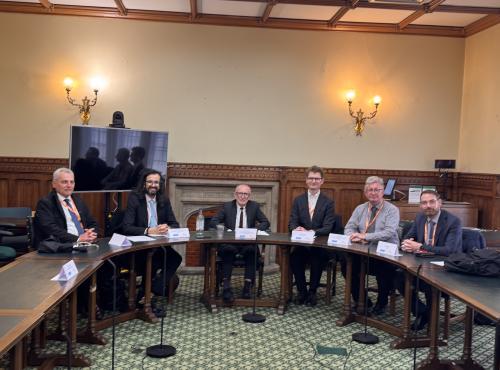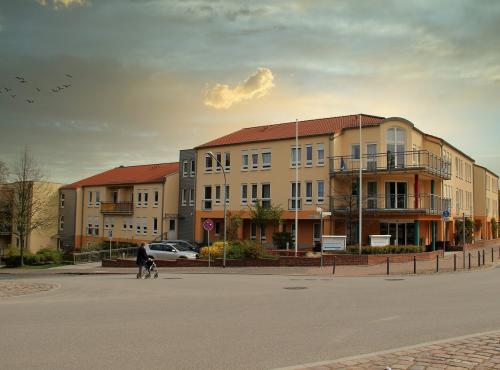Winter Pressures Demand Stronger Protections Against Carbon Monoxide
As temperatures drop and households rely more heavily on heating, the risk of carbon monoxide exposure rises significantly. Windows stay closed, ventilation decreases and older boilers and heaters work harder. Vulnerable groups, such as older people, disabled people, low-income renters and pregnant women are especially at risk, often living in homes with older appliances, poorer ventilation and fewer resources to manage hazards. Research also shows that older adults are particularly exposed to unsafe housing conditions, with 60% of excessively cold homes occupied by people aged 55 and over.
Fuel poverty increases these risks further. National Energy Action estimates that 6.1 million UK households are currently in fuel poverty, unable to afford safe indoor temperatures. These households may delay appliance servicing, rely on temporary or inefficient heaters and keep homes tightly sealed to preserve heat. Without proper ventilation or regular maintenance, the chances of carbon monoxide exposure rise significantly over winter months.
These pressures highlight the weaknesses in England’s carbon monoxide alarm regulations. Under the Smoke and Carbon Monoxide Alarm Regulations 2022, alarms are required only in rented homes with fixed fuel burning appliances and in new builds. Gas cookers are not included despite being common sources of carbon monoxide incidents. Owner occupied homes also have no universal requirement for alarms and enforcement in the private rented sector remains inconsistent.
Recent housing reforms provide opportunities to strengthen protections but do not yet address carbon monoxide directly. Awaab’s Law, which has recently come into force, lays out legally enforceable repair timeframes for hazards in social housing and establishes that landlords must act quickly when health risks arise. The Renters’ Rights Act improves accountability for conditions in private rented homes. The government has also committed to applying the Decent Homes Standard to the private rented sector, which could offer an important mechanism for meeting the statutory minimum standard for housing. However, none of these measures currently include explicit carbon monoxide safety duties. With winter being the peak risk period for exposure, incorporating alarm requirements, regular servicing and ventilation standards into these frameworks would significantly improve tenant safety and therefore the health of tenants.
Current carbon monoxide regulations vary between UK nations and leave key risks unaddressed. In England, gas cookers are excluded, and several housing tenures fall outside the regulations altogether.However, in Scotland, carbon monoxide alarms are required in every home with any carbon-fuelled appliance or flue regardless of tenure, making it the strongest regime in the UK. Expanding England’s regulations to match Scotland’s universal standard, with alarms required for all fuel-burning appliances in every type of home, would close major safety gaps and provide consistent protection nationwide.
Ventilation and air quality standards must be integrated into energy efficiency and retrofit programmes that seal homes against heat loss. Local authority enforcement must be supported so existing rules are applied consistently. In addition, guidance for both Awaab’s Law and the Renters’ Rights Act should explicitly address carbon monoxide protection, particularly around winter maintenance and alarm installation.
As winter pressures intensify, stronger regulation and clearer standards are essential to ensure that energy efficiency, housing safety and public health work together. Strengthening carbon monoxide protections now will safeguard millions of households during the months when risk is at its highest. The All Party Parliamentary Carbon Monoxide Group's (APPCOG) ongoing work, including its recent parliamentary workshop on carbon monoxide safety in public buildings, continues to highlight the need for consistent protections, stronger enforcement and clearer national standards across all building types.
With Carbon Monoxide Awareness Week taking place from 17 to 23 November 2025, APPCOG will continue working with stakeholders to raise awareness, improve protections and ensure that carbon monoxide safety remains a national priority.



